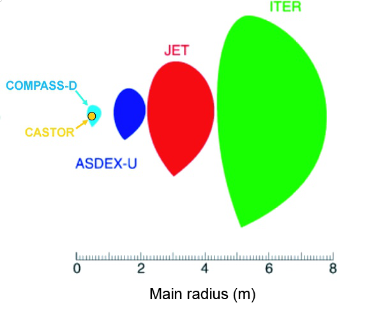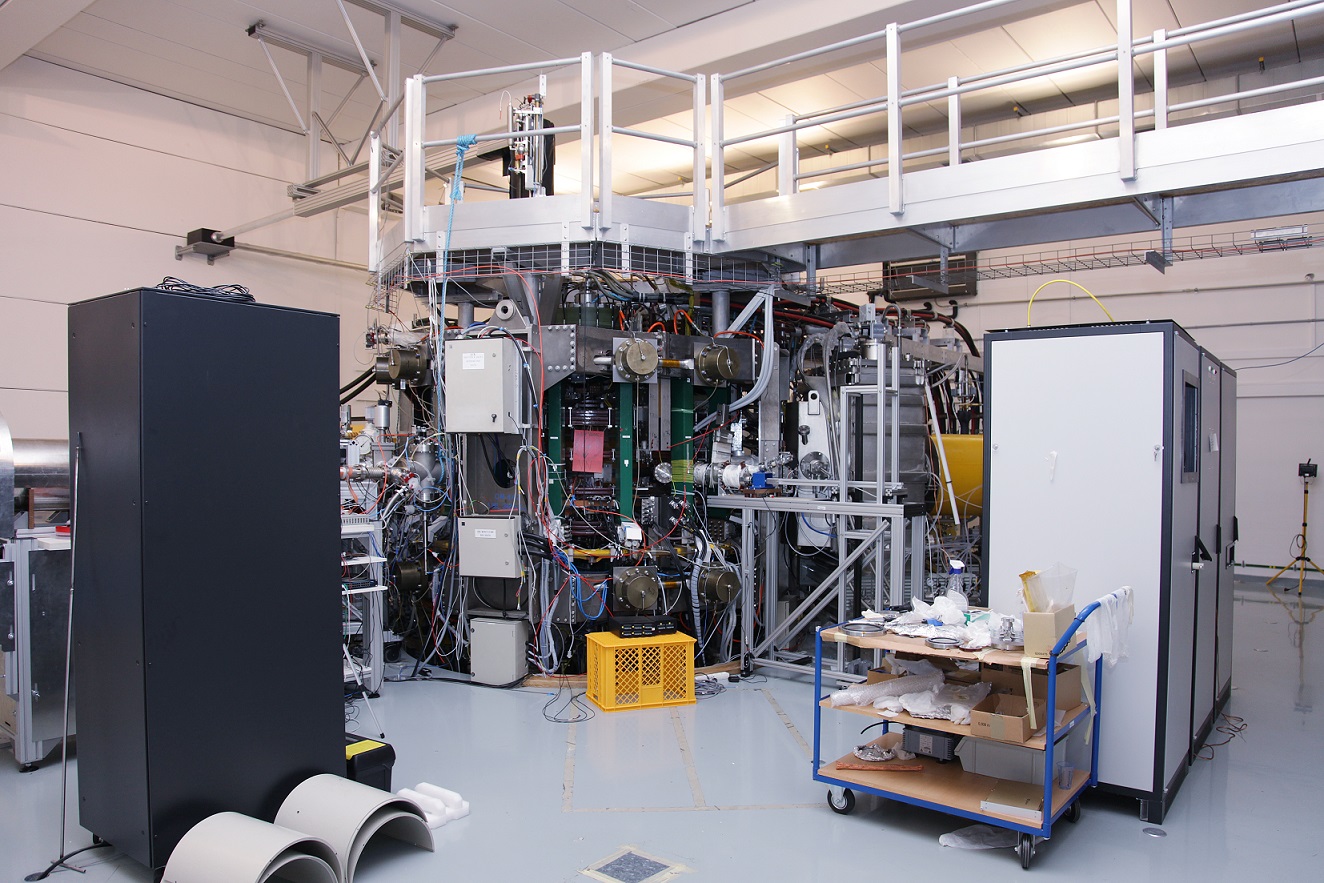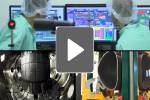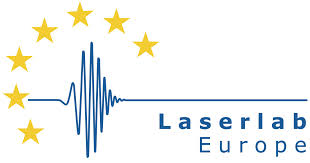The COMPASS Tokamak plays a key role in the physics activities within the department since its commissioning in 2011. Originally, it was designed and operated in the 1990's in the UKAEA Culham laboratory in Great Britain. The transport, installation and commissioning of the COMPASS tokamak in the 2006 - 2011 enhanced the physics and technical capabilities of the department to a new level, which was also capitalized in the increase of team competencies and acquired physics knowledge in the following years. With regard to the preparations for the installation of the new COMPASS Upgrade tokamak, the COMPASS operation will be shut-down in the 3rd quarter 2021.
The COMPASS Tokamak with its size (major radius 0.6 m and height of the vessel approx. 0.7 m) ranks to smaller tokamaks capable of the H-mode operation, which represents a reference operation ("standard scenario") for the ITER tokamak. Importantly, due to its size and shape the COMPASS plasmas correspond to one tenth (in the linear scale) of the ITER plasmas. Due to its direct relevance to the ITER project - the facility was offered by the European Commission and UKAEA to the Institute of Plasma Physics in Prague in autumn 2004. Installation and operation of the COMPASS Tokamak in the Institute of Plasma Physics sets the Czech Republic among advanced countries in research efforts in high-temperature plasmas and thermonuclear fusion. At present, besides COMPASS there are only two operational tokamaks in Europe with ITER-like configuration capable of regime with the High plasma confinement. It is the Joint European Torus JET and the German tokamak ASDEX-U (Institut fur Plasmaphysik, Garching, Germany). JET is presently the biggest experimental device of this type in the world.
|















